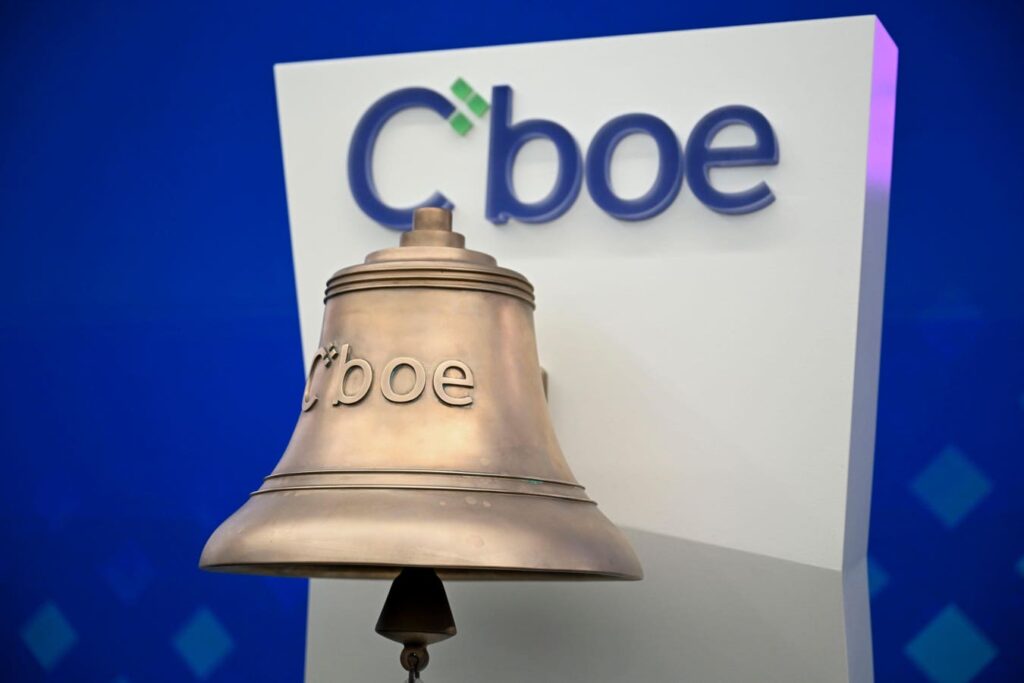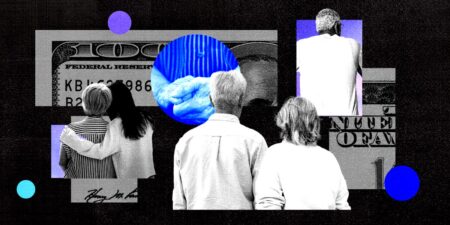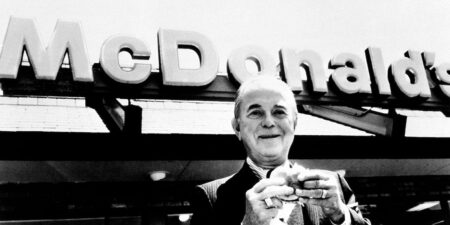If the past is prelude, in 2025 many individual investors will trade options heavily. In doing so, some will win big and others will lose big, with the average options trader losing money.
Recent articles appearing in The Wall Street Journal have drawn attention to increased stock options trading activity by individual investors, and have highlighted the problems of gambling addicts who use options to express their addictions.
These articles reinforce the academic literature, which has documented the magnitude of the problem as well as the psychology underlying the behaviors. This literature, in combination with recent data, suggests that option trading by individual investors will continue to be a severe problem for a small segment of the population. However, for others, option trading can and will generate benefits.
Statistical Patterns
The Wall Street Journal describes several cases of individual investors across the country seeking help from Gamblers Anonymous on account of having become addicted to trading options. One such investor is quoted as referring to options as analogous to “crack cocaine.”
I will draw on one of my previous posts to place the issues about options trading into context. According to the North American Foundation for Gambling Addiction Help, the percentage of the U.S. population that suffers from gambling addiction is about 2.6%. In my own research on online trading behavior, co-authored with Arvid Hoffmann, we find that the percentage of investors who behave as if they were addicted to gambling is about 2.5%, so virtually the same as in the general population.
In the data which Hoffmann and I use, 20% of investors trade options actively and 12.5% stipulate that speculation is their primary motive for trading. The intersection, investors whose primary motivation for trading is speculation, and who use options to do so, comprises about 5% of our data sample. This group has terrible investment performance, on average earning 27% less per year than investors who are non-speculators, which of course means incurring large losses.
The worst performing group of investors are those who, in addition to trading options and having speculation as their main investment objective, also use technical analysis. This last group, on average, earns a staggering 43% less per year than investors who do not trade options, do not have speculation as their primary objective, and do not use technical analysis. The behavior of this last group is most consistent with gambling addiction, and again represents about 2.5% of our data sample.
Consider investors who trade for entertainment, and do so by taking prudent risks and being disciplined. In the data underlying my work with Hoffmann, approximately 25% of investors have entertainment as their primary motivation for trading online. Just to place the key issue in context: Investors who use options and technical analysis, and who identify an objective other than speculation as their primary motivation for trading on average earn 73% more per year, risk-adjusted, than their speculating counterparts.
About 63% of investors in our data report having objectives other than entertainment and gambling for trading online. Approximately 44% report capital growth as their primary objective, and approximately 12% report building a financial buffer for the future. The remainder report saving for retirement as their primary objective.
Not all individual investors use options to speculate. For years, the most popular use of stock options was to construct covered call positions. An investor who sells an out-of-the-money call option on a stock can treat the option premium as additional income, in exchange for giving up some upside potential if the stock appreciates substantially.
Stock market speculation has a long history. In the leadup to the stock market crash of 1929, investors used margin to make leveraged bets. Studies based on data a half century ago describe speculating investors as “high rollers,” who rely on technical analysis to make short-term trades in high risk stocks. During the last 30 years, option trading has gained popularity among individual investors, and we now have “high option trading rollers.”
Since 2020, daily option volume has doubled, and the share of U.S. option activity by individual investors rose from below 23% to the range 27-to-30% in 2021. It has remained in this range, except for the period between 2022 and the first few months of 2023, when the the share dipped to 23-27%. The dip coincided with a downturn in stock prices, which occurred as the Fed raised interest rates to combat inflation. This last point suggests that some individual investors pull back from trading options when the market declines. Relatedly, Bloomberg Intelligence reports that in September 2024, “amateur” investors account for 29% of U.S. options activity, compared to as 23% at the start of 2020.
Impact of Dopamine
One of The Wall Street Journal articles describes the role that dopamine plays in addictive behavior. The article quotes Stanford University psychologist and neuroscientist Brian Knutson who emphasizes the link between dopamine flows and feelings of anticipation. Knutson points out that anticipation can induce repetitive betting behavior, stating that the speed of dopamine release is important for reinforcing habitual behavior.
That gambling addiction is dopamine related is part of the phenomenon psychiatrist Anna Lembke, in a recent book, calls “Dopamine Nation.” Lembke describes how addictions stem from people seeking pleasure, where sensations of pleasure involve dopamine flows rising above baseline.
Studies document that people who suffer from gambling addiction differ from others in at least two respects. First, gambling addicts find it more difficult than others to generate dopamine highs. Therefore, they need more powerful stimuli than others to induce the same kinds of highs. Second, relative to others, the executive portion of gambling addicts’ brains is weaker, which leads them to experience greater difficulty with self-control. Taking these two features together means that gambling addicts need to take greater risks than others to achieve the same psychological highs, and are more prone to do so, even when they know they might be behaving imprudently.
Using digital prompts, the apps on trading platforms such as Robinhood generate stimuli which activate the dopamine-based reward centers in its users’ brains. This can be akin to giving candy to a baby, and for gambling addicts akin to providing them with enough rope to hang themselves. There is research to suggest that a portion of the brain connected to vision plays an important role in regulating how much risk people seek, quite possibly by impacting dopamine flows in regions of the brain associated with anticipation.
Conclusion
In the 1930s, John Maynard Keynes emphasized that investors base their stock trades more on predictions about which stocks other investors will find attractive than on underlying fundamental values. Keynes described the phenomenon as “beauty contest investing.” Keynes view appears to apply just as well to today’s market, and to be amplified by dopamine flows activated by trading platform apps. These psychological phenomena are important reasons why stock market valuations deviate, in some cases dramatically, from fundamental values.
Dopamine seeking-based beauty contest trading is a poor recipe for long-term portfolio performance. Still, option trading can generate considerable entertainment for some investors, without being dangerous. However, for investors who qualify as gambling addicts, option trading can be deadly, and in 2025 will be for some.
Read the full article here
















